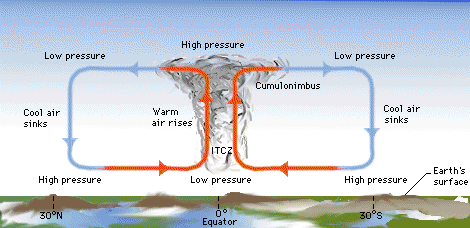Climate change manifests itself in a
number of ways in the areas I have examined, and the impacts of this on East
Africa’s water are multi-faceted and complex. There is a fundamental need to
increase hydrological and meteorological measurements, improving available
meltwater, groundwater and river discharge data. This is essential if we are to
improve understanding of relationships between climate change and water availability
in vulnerable parts of East Africa. With increased data, it may be possible to
anticipate when large
recharge events, that sustain groundwater abstraction, will occur.
Regional and local aspects of climate
change mustn't be overlooked, as hydroclimatic changes are non-uniform across
the continent. Entire livelihoods can be based on one seasonal flood. If that
flood doesn't arrive in a warmer, uncertain future, crops will fail, livestock
will starve, and farmers will lose money. Economic development, without promoting
fossil fuel consumption, should be a paramount consideration in policies (UNEP 2012).
An explicit message is sent by the rapid loss of some of Africa's key glaciers: our climate is rapidly changing within the time-frame of human lifetimes. With anthropogenic GHG emissions expected to continue rising indefinitely over the next decade, natural Earth Systems will continue being perturbed. The mountains in tropical East Africa have wider importance to surrounding communities, and climate change impacts local people and their religious traditions as well as affecting physical water availability. Before all ice is lost on Kilimanjaro and the Rwenzoris, we must endeavour to improve understanding of atmospheric drivers behind glacier decay, and apply this knowledge to our planet's other vulnerable tropical regions (Kaser et al 2004). The book of Africa's future water supply is still largely unwritten with uncertain conclusions. Could regularly replenished groundwater from an intensified hydrological cycle be a glimmer of hope in what seems like a desolate future? One thing seems fairly certain: in a warming world, not all of Africa's taps will run dry.
An explicit message is sent by the rapid loss of some of Africa's key glaciers: our climate is rapidly changing within the time-frame of human lifetimes. With anthropogenic GHG emissions expected to continue rising indefinitely over the next decade, natural Earth Systems will continue being perturbed. The mountains in tropical East Africa have wider importance to surrounding communities, and climate change impacts local people and their religious traditions as well as affecting physical water availability. Before all ice is lost on Kilimanjaro and the Rwenzoris, we must endeavour to improve understanding of atmospheric drivers behind glacier decay, and apply this knowledge to our planet's other vulnerable tropical regions (Kaser et al 2004). The book of Africa's future water supply is still largely unwritten with uncertain conclusions. Could regularly replenished groundwater from an intensified hydrological cycle be a glimmer of hope in what seems like a desolate future? One thing seems fairly certain: in a warming world, not all of Africa's taps will run dry.


















